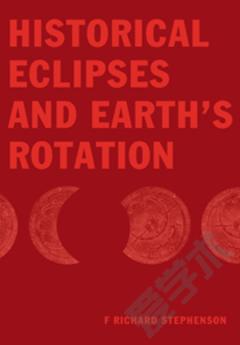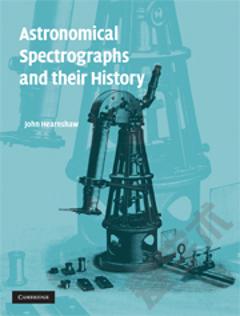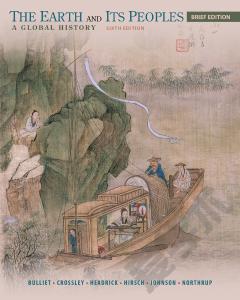Historical Eclipses and Earth's Rotation
Ancient eclipse observations are proving of considerable value in modern geophysics. These seemingly crude observations enable variations in the length of the day--produced by tides and other mechanisms--to be investigated in some detail over more than two millennia. The main attraction of the early data is the long time scale which they cover. They reveal long-term trends which cannot be discerned from the much more accurate telescopic observations. Useful historical records of eclipses originate from only four early cultures: Babylon, China, Europe and the Arab dominions. The observations fall into two main categories: timings of both solar and lunar eclipses and qualitative descriptions of total or near-total solar eclipses. Eclipse timings are due to astronomers, but chroniclers have contributed many detailed accounts of large solar eclipses. Analysis of these various observations reveals that over the past 2,500 years the average rate of lengthening of the day has been 1.7 milliseconds per century, significantly less than the tidal figure of 2.3.
{{comment.content}}








 京公网安备 11010802027623号
京公网安备 11010802027623号